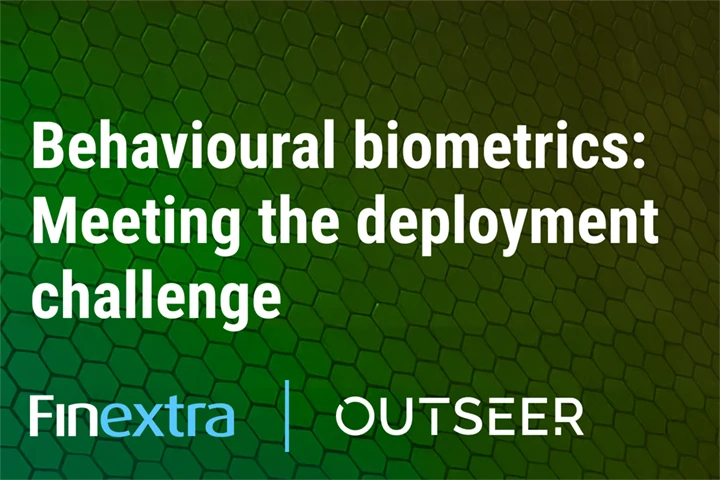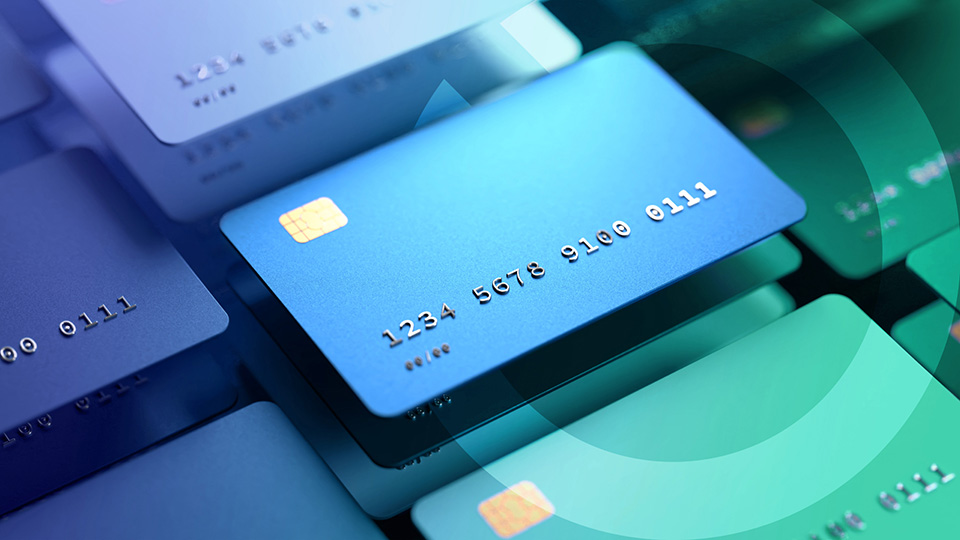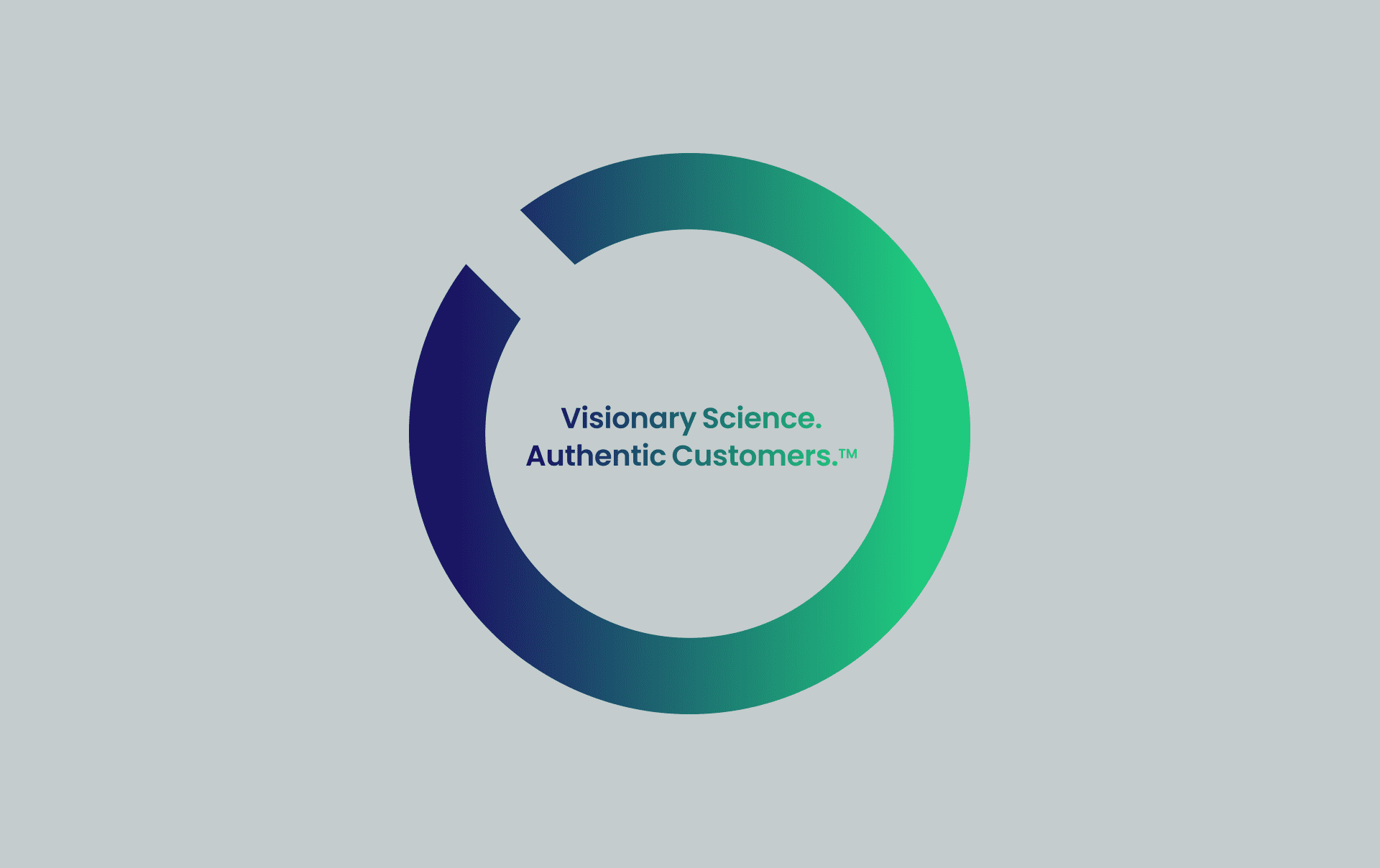In the rapidly evolving digital landscape, where online transactions have become the norm, the need for robust security measures to protect sensitive customer data is paramount. To address this, the Payment Card Industry Security Standards Council (PCI SSC) introduced the PCI 3-D Secure (3DS) certification, a comprehensive framework designed to enhance the security of online card transactions. In this blog post, we will delve into the intricacies of PCI 3DS certification, its significance, and how it ensures secure online transactions.
Understanding PCI 3DS Certification
PCI 3DS certification is a validation process that ensures merchants and payment service providers comply with the PCI 3-D Secure protocol’s requirements. The 3-D Secure protocol was developed by major payment networks, including Visa, Mastercard, and American Express, to provide an additional layer of security for online transactions. PCI 3DS certification ensures that merchants and service providers implement the necessary controls and safeguards to protect customer data during these transactions.
The Importance of PCI 3DS Certification
- Enhanced Security: PCI 3DS certification helps to safeguard online transactions by implementing security measures that authenticate the cardholder’s identity. This verification process reduces the risk of fraudulent transactions, protecting both customers and merchants.
- Regulatory Compliance: PCI 3DS certification is aligned with the Payment Card Industry Data Security Standard (PCI DSS), a widely accepted security standard for organizations that handle cardholder data. Compliance with PCI 3DS certification helps organizations meet their obligations under the PCI DSS framework.
- Customer Trust: Implementing robust security measures and obtaining PCI 3DS certification builds customer trust. When customers see the PCI 3DS logo displayed on a merchant’s website, they can feel confident that their payment information is being handled securely.
Key Components of PCI 3DS Certification
- Access Control: The PCI 3DS certification process ensures that access to sensitive customer data is restricted to authorized personnel only. This includes implementing strong authentication measures, access controls, and role-based permissions.
- Secure Communication: PCI 3DS certification requires the use of secure protocols, such as Transport Layer Security (TLS), to encrypt communication between the cardholder, merchant, and payment processor. This encryption ensures that sensitive data cannot be intercepted or tampered with during transmission.
- Fraud Detection and Prevention: PCI 3DS certification mandates the implementation of robust fraud detection and prevention mechanisms. This includes employing advanced analytics, machine learning algorithms, and risk-based authentication to identify and mitigate potential fraudulent activities.
- Cardholder Authentication: One of the primary goals of PCI 3DS certification is to authenticate the cardholder’s identity during online transactions. This is achieved through various methods, such as one-time passwords (OTPs), biometric authentication, or dynamic authentication codes.
Benefits of PCI 3DS Certification
- Reduced Liability: PCI 3DS certification helps organizations reduce their liability in the event of a data breach or fraudulent transaction. By implementing the necessary security controls, organizations demonstrate their commitment to protecting customer data, potentially reducing financial and reputational damage.
- Global Acceptance: PCI 3DS certification is recognized and accepted globally by major payment networks. Obtaining certification ensures compliance with industry standards and enables merchants to conduct secure online transactions with customers worldwide.
- Competitive Advantage: In an increasingly crowded marketplace, PCI 3DS certification can provide a competitive edge. Displaying the PCI 3DS logo on a merchant’s website assures customers that their transactions are secure, fostering trust and encouraging them to choose that merchant over competitors.
Conclusion
As online transactions continue to grow in popularity, ensuring the security and integrity of customer data is of utmost importance. PCI 3DS certification provides a comprehensive framework that helps organizations mitigate.
Defending Software that Defends Banks: Lessons Learned from the Biggest Banks
With the increasing number of cyberattacks, the banking industry and its supply chain have become a prime target for attackers due to the valuable financial information they possess. The entire financial sector is considered a high-value target for hackers who seek to gain access to sensitive information or disrupt their operations.
Watch the webinar to learn about 10 best practices on how your supply chain should be protecting your data, including:
- Developing and adopting a Zero Trust Strategy
- Implementing strong authentication mechanisms
- Developing strong application security
- Data protection as a lifestyle
- Cybersecurity compliance as the minimum standard
- Collaborating with industry peers












